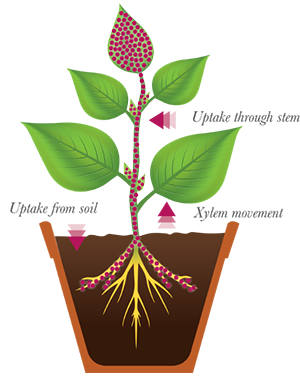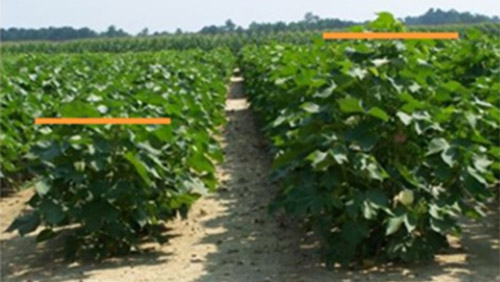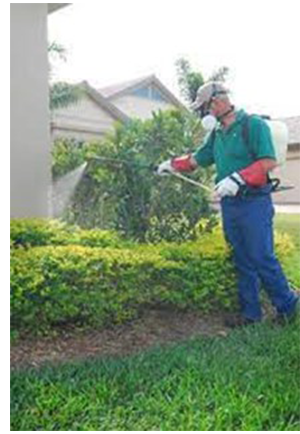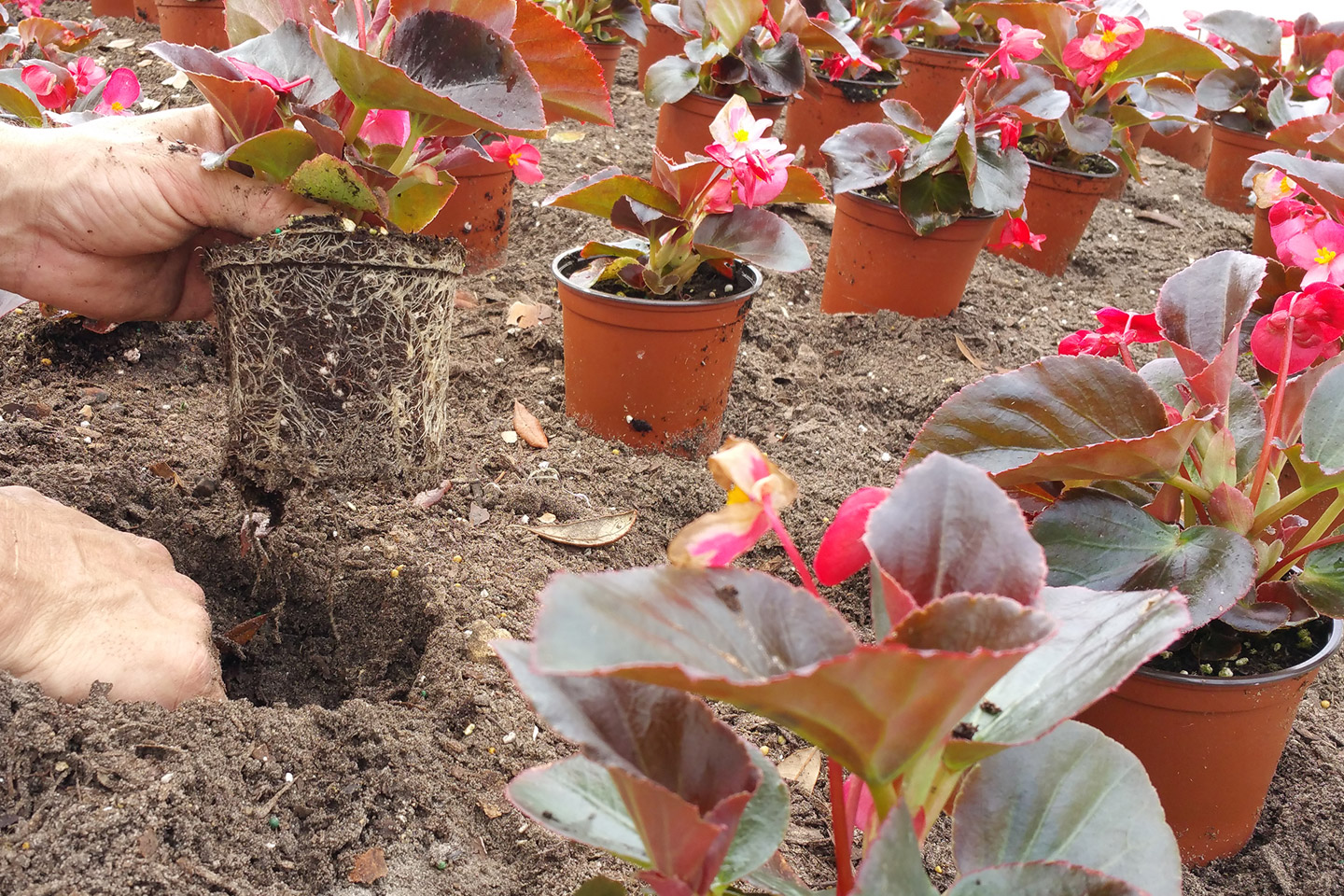Why Use Plant Growth Regulators - Sit Down with CEPRA
The horticulture industry is ever-expanding. To keep up with demand, many new tools and practices have come about in order to maintain expectations without overwhelming price tags. Among these "tricks of the trade" include a special product called a plant growth regulator, or PGR. While PGRs have been around since the 1930s, the science behind them is constantly evolving. The improvements made have allowed us to provide many options to custom-tailor the PGRs for your community.
What is a Plant Growth Regulator?
 PGRs are biosynthesized chemicals used to modify plant growth by mimicking naturally-occurring hormones. This includes branching, shoot growth, blooms, and fruiting. Most PGRs are absorbed by the plant via the roots, whereas some PGRs enter the plant via the stem and foliage. The type of product used depends on the plant species. The main goal for PGRs used in landscape maintenance is to reduce the shoot growth and make the plant more compact. While there are PGRs for both ornamental shrubs and turfgrasses, we will focus mostly on their effects on ornamental shrubs.
PGRs are biosynthesized chemicals used to modify plant growth by mimicking naturally-occurring hormones. This includes branching, shoot growth, blooms, and fruiting. Most PGRs are absorbed by the plant via the roots, whereas some PGRs enter the plant via the stem and foliage. The type of product used depends on the plant species. The main goal for PGRs used in landscape maintenance is to reduce the shoot growth and make the plant more compact. While there are PGRs for both ornamental shrubs and turfgrasses, we will focus mostly on their effects on ornamental shrubs.
The three different types of PGR application methods are:
- Granular PGR to target the roots
- Liquid foliar PGR to target stems, branches, and foliage
- Liquid PGR that is a basal root drench
Image: PGRs enter the plant through the roots and translocate through the stem and leaves.
Why Use Plant Growth Regulators
PGRs are an incredibly useful tool for commercial landscapers. From a safety standpoint, PGRs are great because it keeps workers off of ladders. According to OSHA, falls are cited as the number one reason for workplace injuries. Since the taller hedges require less handling, there are fewer opportunities for a safety risk to occur. Likewise, the risk that sharp shears and pruners pose to workers are minimized because of PGRs.
In times of ever-increasing fuel and labor costs, PGRs that delay the growth are necessary to reduce the amount of time and machine-use needed for ornamental shrubs. With the use of growth-retarding PGRs, a plant would maintain a compact shape. This means that a plant that would normally require trimming every 3 weeks could be reduced to selective-pruning every 1-2 months. This gives landscape professionals opportunities to improve the landscape beyond constant trimming. Likewise, PGRs can be used in the turf to suppress weed seed germination and flowering. This allows the landscape professionals to spend more time servicing the community in more detail.
PGRs can also be used to increase the number of blooms annuals and ornamental shrubs give in a season. Using a growth-inhibiting PGR allows the plant to stop producing leaves and focus on producing flowers. Not only does this provide an Association with more time to appreciate the beautiful flowers - which is especially nice in communities with high seasonal or Snowbird residents - it allows pollinators more food opportunities.
PGRs are also beneficial to improving landscape sustainability. Beyond reducing the amount of gas it takes to power the equipment that shears the ornamental shrubs, PGRs reduce the amount of shrub there is to shear. With less material coming off the plants, there is fewer product that gets taken to the landfill. Fewer trips to the dump means more time is spent servicing the property to look its best.

An example of an ornamental crop using PGRs and without PGRs.

PGRs improve the vigor of the ornamental shrubs while suppressing cell elongation, thus keeping the shrubs compact.
When To Use Plant Growth Regulators
 The time to use PGRs varies depending on the type of plant and the end goal of the product. Growth-inducing PGRs can be used throughout the growing season to promote vigorous root and shoot growth in annuals and ornamental shrubs. These PGRs double in utility to help suppress weed growth in flower beds. Ornamental growth-suppressing PGRs are typically used to control the intensity of growth, and helps a shrub maintain its shape between prunings. These PGRs are usually applied in March and again in June.
The time to use PGRs varies depending on the type of plant and the end goal of the product. Growth-inducing PGRs can be used throughout the growing season to promote vigorous root and shoot growth in annuals and ornamental shrubs. These PGRs double in utility to help suppress weed growth in flower beds. Ornamental growth-suppressing PGRs are typically used to control the intensity of growth, and helps a shrub maintain its shape between prunings. These PGRs are usually applied in March and again in June.
Some PGRs take about 2-4 weeks to take effect, which requires the plant to not be trimmed so that the product has time to travel to the apex nodes of the plant. That "fluffy" appearance in your shrubs is normal! Other PGRs require a pruning before application, which take effect immediately. When the growing season is coming to a close, it is important to allow the plant to return to its natural growth habit.
When using PGRs, it is important to remember that it is not a "be all, end all" to trimming in the landscape, but rather a tool that significantly reduces growth and makes it more manageable with regular products.
Image: A Spray Technician applying PGRs on Duranta.
Conclusion
Plant Growth Regulators are a tool used by landscapers to improve the quality of a landscape. PGRs help meet the needs of an Association by reducing the amount of time and fuel it takes to maintain the ornamental plants in the landscape, and allows your landscape professionals to focus more attention to the details in the community. It is an excellent investment in the health of your landscape.
